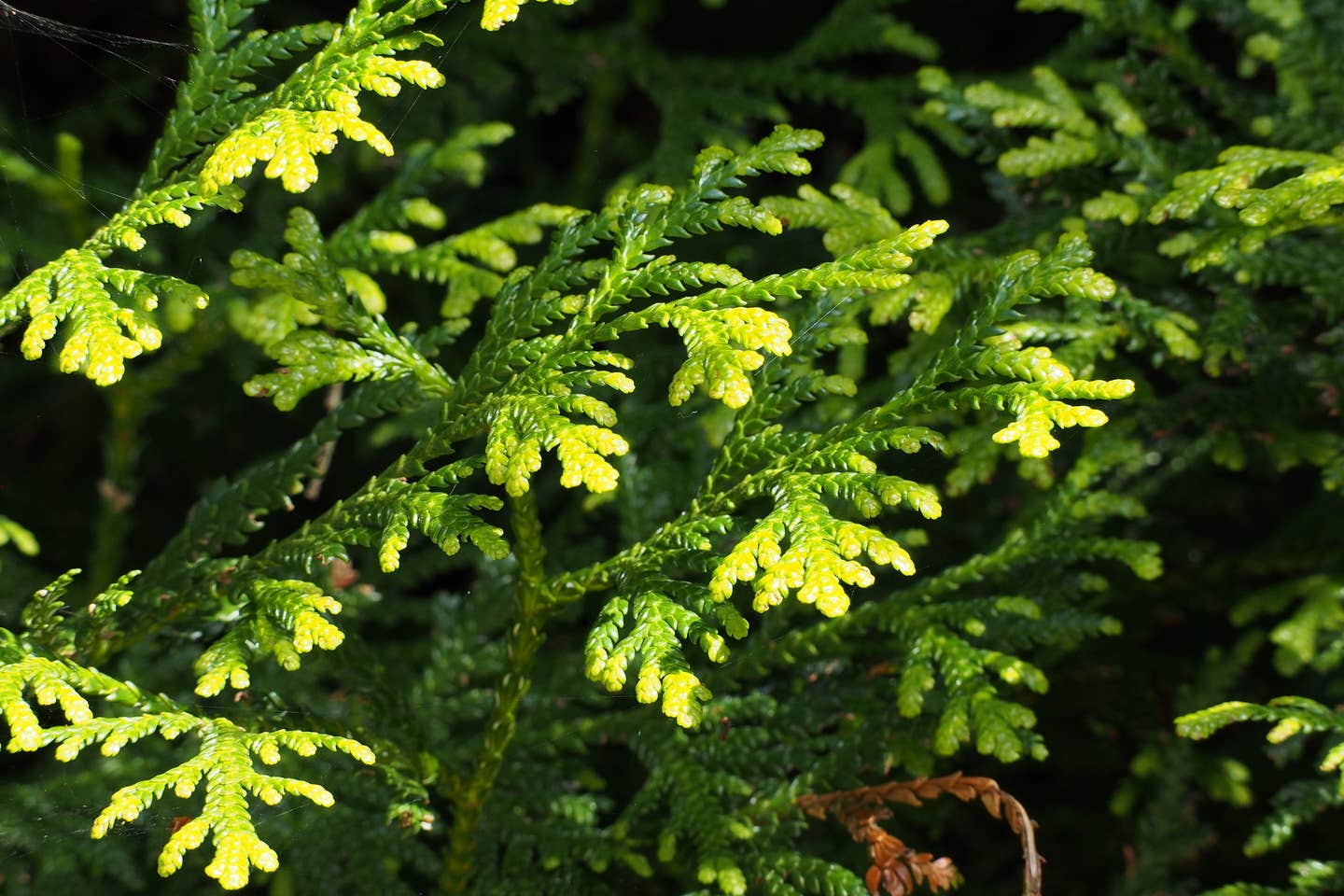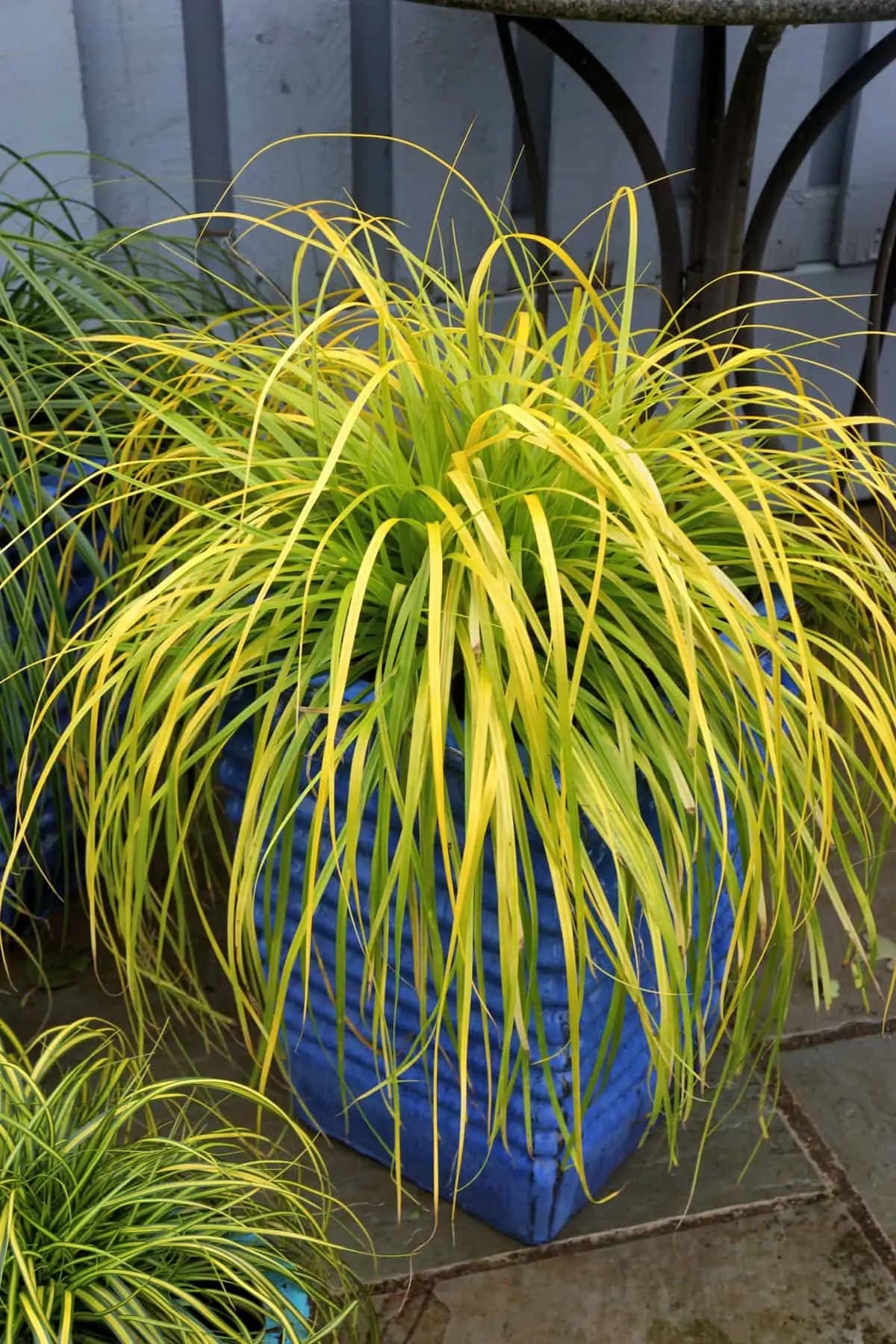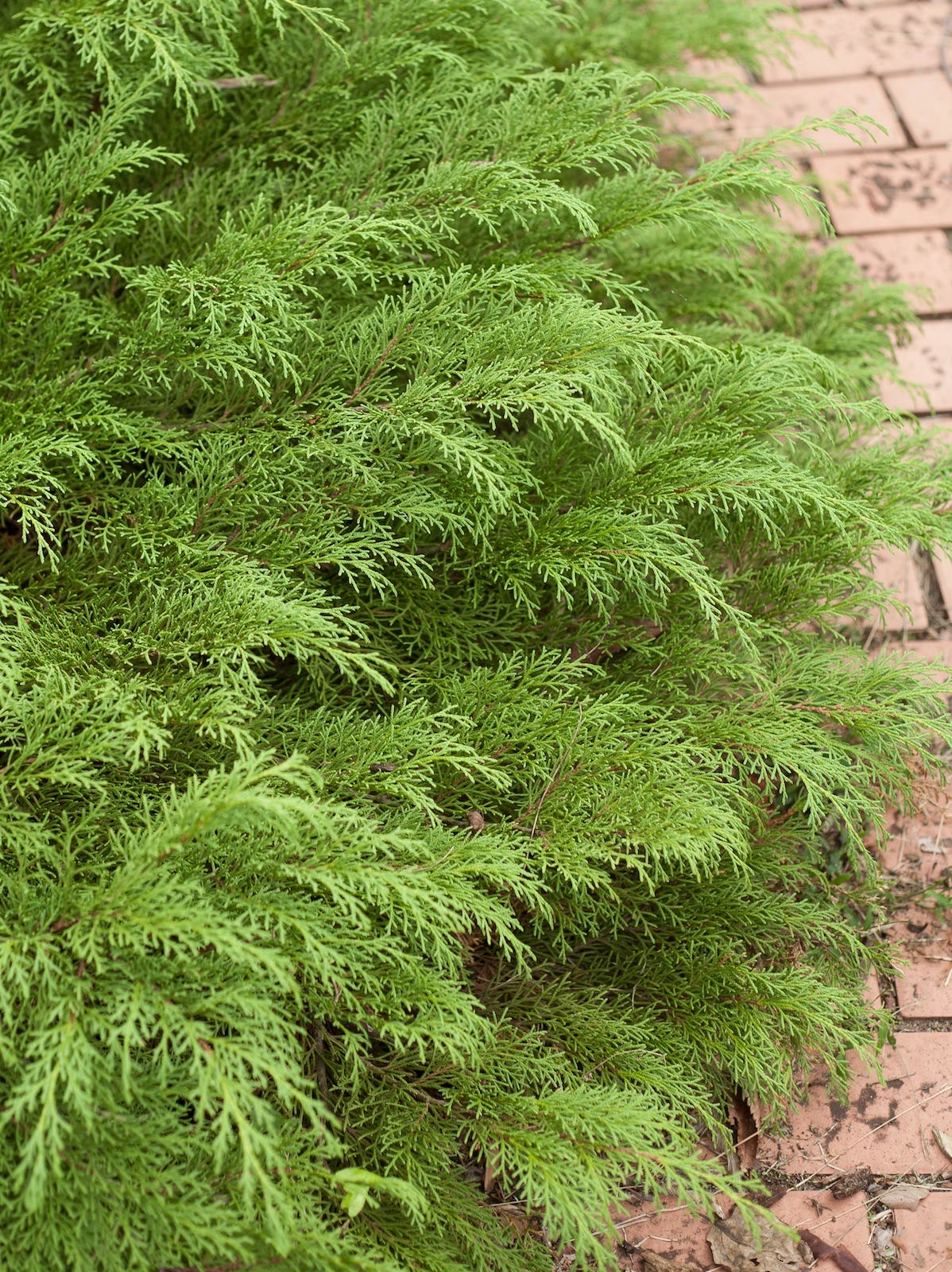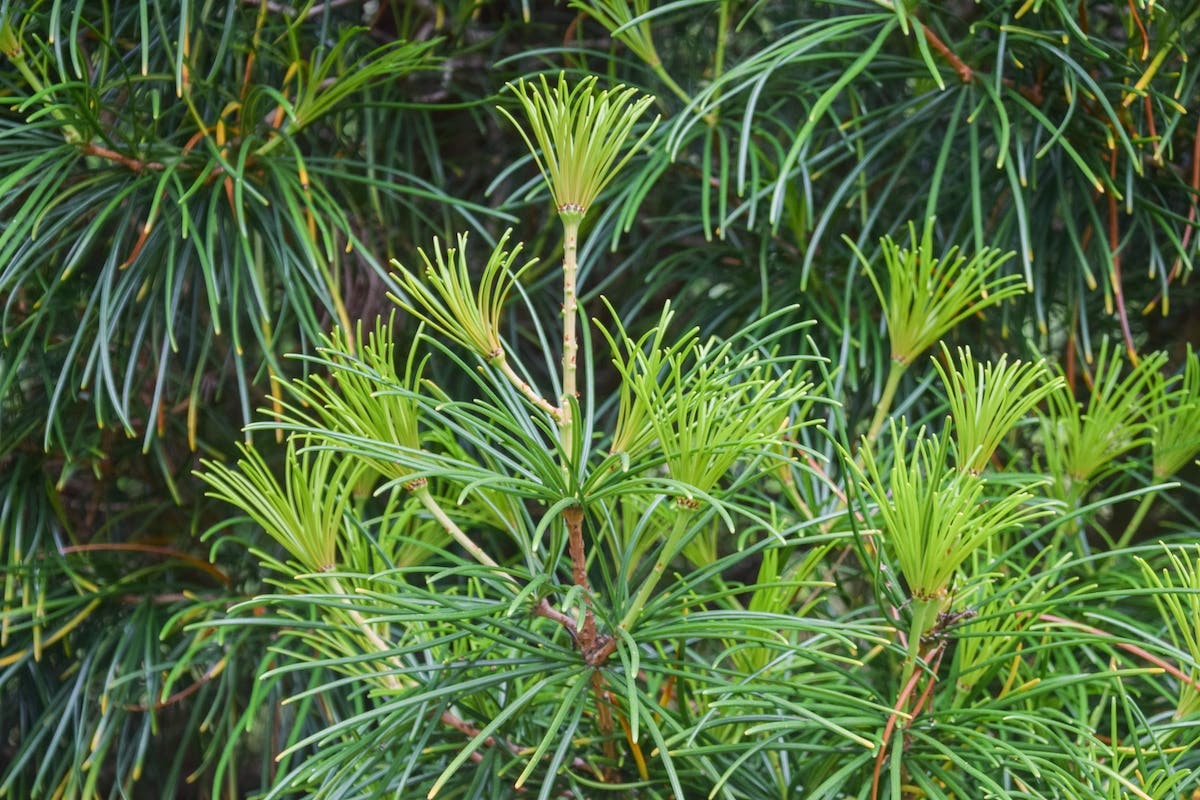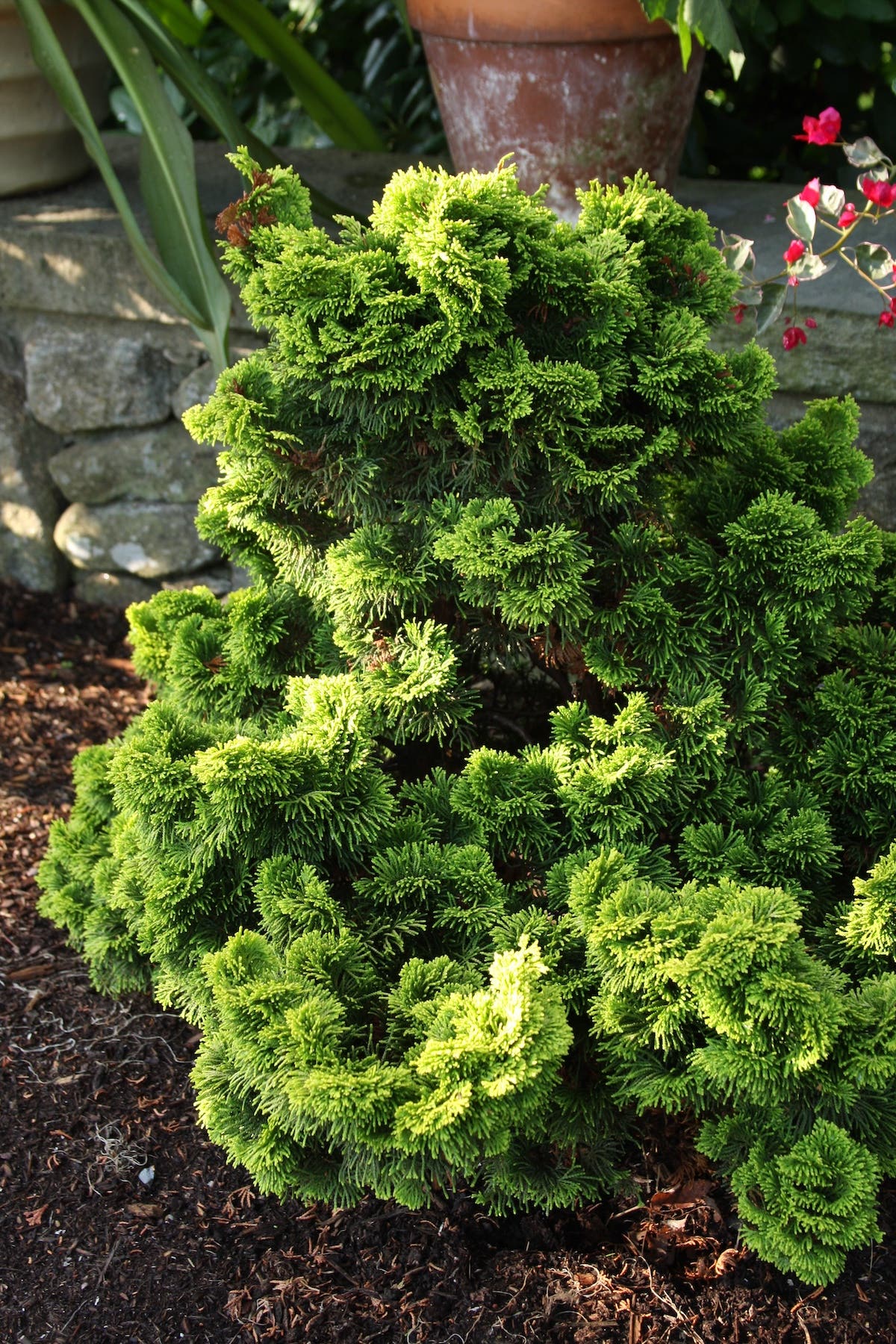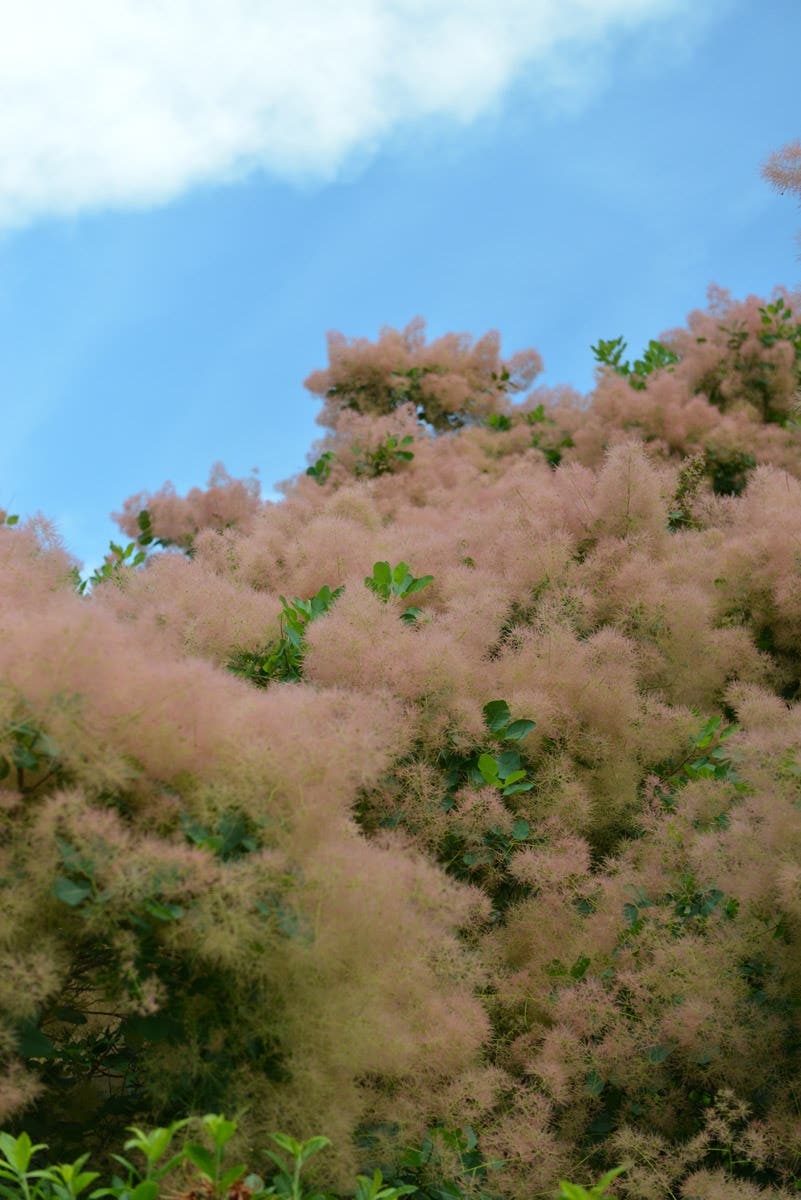American Hornbeam Dresses Up the Understory
We love this native tree that offers up an abundance of color as well as fascinating bark. Ideally suited for the woodland understory, the tree is at home in the…
We love this native tree that offers up an abundance of color as well as fascinating bark. Ideally suited for the woodland understory, the tree is at home in the part shade to full shade. In the spring, leaves emerge a reddish purple, turn dark green for summer and then top off their season-long display by transitioning to yellow and then red in fall. Come winter, the show goes on with the beauty of the tree’s bark with its long, sinewy ridges.
Botanical name:Carpinus caroliniana
Common name: American hornbeam
Height: 20–35 feet
Width: 20–35 feet
Foliage: Deciduous
Flowers: Insignificant
USDA Zone: 3–9
This tree prefers moist, organically rich soil but it does well in clay and along the street, making it a great street tree (when power lines are not an issue). The hardwood polishes to a beautiful sheen. Historical note: The wood of the American hornbeam was used by Native Americans to make bowls, ox yokes, hand tools and other items.


